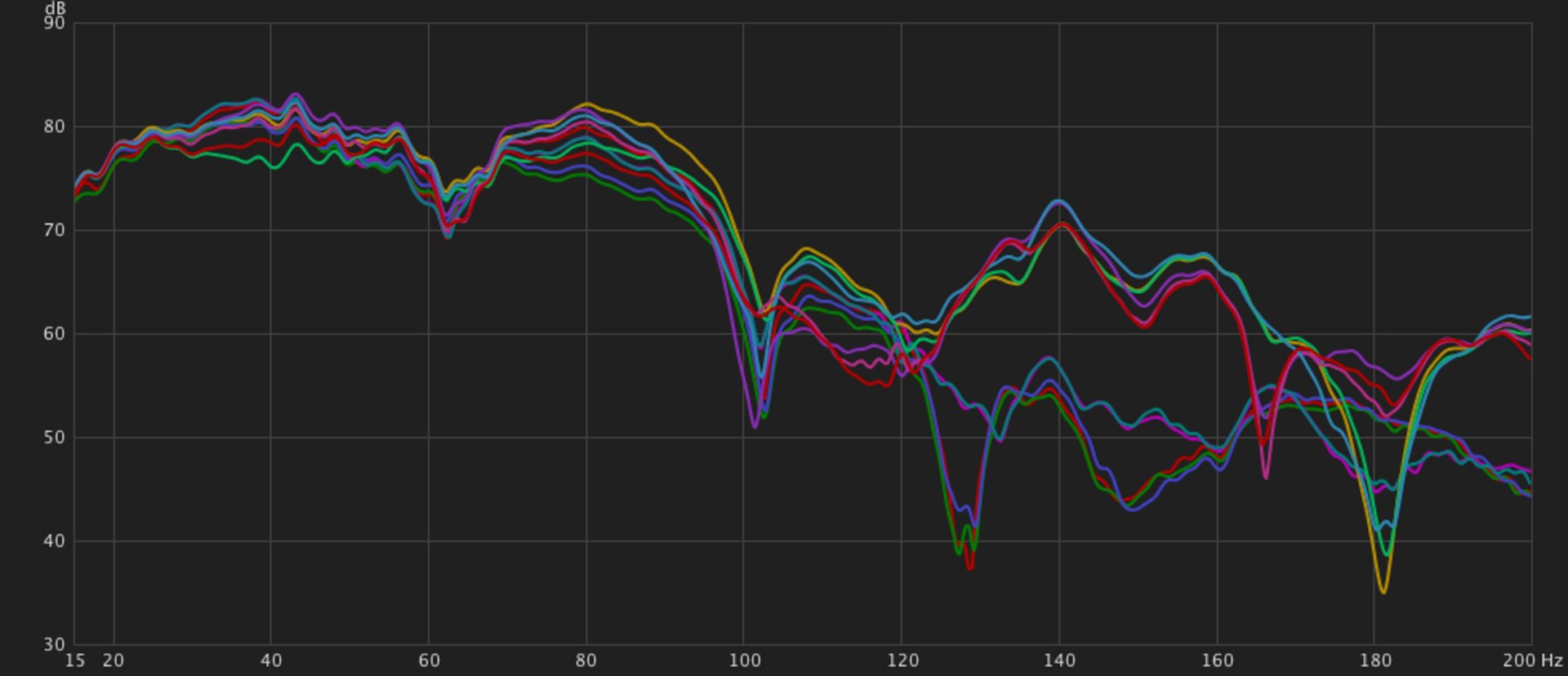One thing I’m not afraid to admit is that I’m a delay junkie. I love delays. Analog delays, digital delays, reverse delays, pitched delays, but most especially tape delays. I love tape delays so much I have a real one. Uh, make that 2 of them. But I’ll also admit, a bit more tentatively in a misguided effort at fooling myself, that I haven’t really gotten much use from a stereo pair. I’ve gotten decent use from one, but not very much at all from the other.

One thing that I’d always wanted to do was to do old school ping pong delay with my 2 tape echoes. In a world of simple-to-use plugins, ping pong delay is normally just a check box or button click away, but in the analog hardware world, it takes careful and deliberate patching, along with lots of level adjustments along the way. In fact, it seems that ping pong delay with analog gear is a lost art. A dark magic lost in the olden times when you had to patch everything manually. The patch itself is not terribly hard, but it’s also not necessarily intuitive, which makes figuring it out a challenge. It also takes a piece of gear that I don’t have: a standard desktop mixer. And not even a super fancy one. As long as it has 3 inputs and an AUX send, we’re good. I don’t have a performance mixer in Eurorack either. At least not after I sold the Xaoc Devices Praga (which would have been perfect for this).

But I do have a stereo matrix mixer, and the will to use it.
I’ll breakdown the patch in a post later this week, but suffice to say that it worked a treat. I got my ping pong delay. It took a fair amount of finagling, particularly with feedback, but I got what I wanted. As soon as I introduced any feedback into the system, it would tend toward self-oscillation, as one might expect. But one fancy trick about tape delays is that they do The Thing. You know, when feedback starts to build, and you can hear it, but it’s just on the edge, not blowing your speakers, riding a wave of sonic beauty, underneath your melody. It really is voodoo. Of course you can go overboard, but tape delays make it a bit easier to ride the wave rather than have it blow up on you. I’m sure the matrix mixer design helps too.
One thing I discovered about the AI Synthesis 018 Stereo Matrix Mixer is that, probably because it does not introduce any gain, is that it can control feedback fairly easily. Despite feedback running rampantly toward the end of the patch, it never once got out of control, and allowed me to play the tape delay via the echo levels, as well as the EQ knobs of each echo, creating some nice stereo swirl and howling tone changes, without being overly worried about a runaway train of feedback blowing my cans and my ears to smitherines.

My apologies for the repetitive sequence. This really was an experimental session for me, from figuring out the minutiae of ping pong delay, to playing with feedback through my tape echoes. I’ve never done either, and it was surely a treat.

Enjoy!
Modules Used:
Oxi One
Frap Tools Brenso
Frap Tools Falistri
Frap Tools 333
Frap Tools CUNSA
AI Synthesis 018 Stereo Matrix Mixer
Knob Farm Ferry
Echofix EF-X2
Vongon Ultrasheer
Performed and recorded in 1 take in AUM via the Expert Sleepers ES-9.



